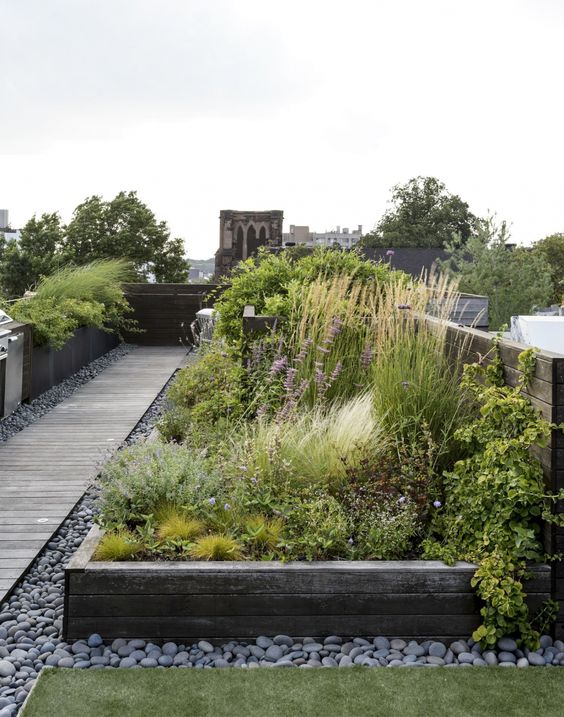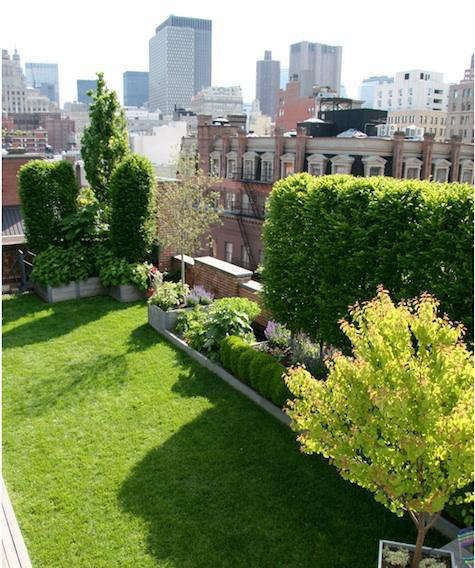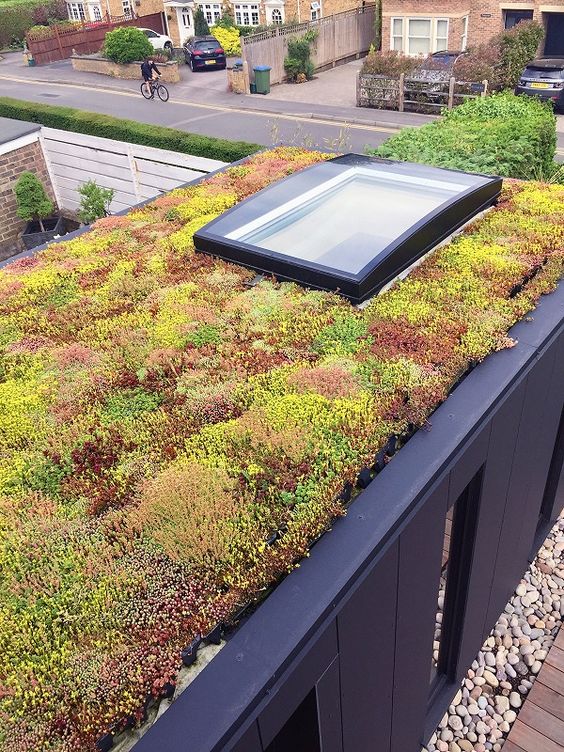Sisijoke.com – Adding a Green Roof Drainage Layer to your roof is essential for a number of reasons. For starters, it keeps water from accumulating in the roof and causing a problem with leaking or piercing. Another reason to add a drainage layer is to prevent excess organic material from entering the growing medium. These layers also help maintain the integrity of the whole program. And of course, you’ll save money too!
The Best Green Roof Drainage
The best green roof drainage method captures rainwater and reduces the effects of extreme precipitation. There are a number of drainage options for green roofs, and each one will work best for a particular structure. The ideal green roof drainage solution should also provide adequate water circulation to your plants and to flush your toilet. As the slope of the roof increases, the amount of rainwater retained will also increase. And the better the drainage system, the better.
The overall retention capacity of a green roof is limited, especially when rain events are intensive and last for a short period of time. During the summer of 2013 and 2014, large amounts of rainfall fell on the roof, but the drainage layer’s capacity was limited. This limited retention capacity was found to be significantly lower in June, July, and August. The drainage layer and pore structure of the substrate also have an impact. While rainfall volumes are important, the overall retention capacity of a green roof is limited when compared to the average rainfall.

When choosing the most appropriate green roof drainage layer for your roof, keep in mind the structural load of each individual layer. You should keep the load on the layer at a maximum and minimize the height. This means that you must consider the weight and height of the layer as well as its thickness. However, the perimeter and corner areas are often the most vulnerable. If possible, you should add an extra layer for security. Then, you can secure these areas by adding gravel, grass stones, or slabs on top of the green roof drainage layer.
Important Aspect of Green Roof Installation
Another important aspect of green roof installation is choosing the substrate. Soil is not an ideal substrate for green roofs. A green roof substrate should be a combination of clay and organic materials. A good growing medium will allow the vegetation to grow and remain healthy. The substrate should be porous enough to retain water and drain the drainage layer. The soil that is used in a green roof should be selected carefully to ensure a great result.
The proper green roof installation is a complicated process. You need to know the structural requirements of the building before you begin. The building’s foundation should be strong enough to support the extra weight of a green roof. You should also consult a structural engineer before beginning any green roof installation project. The weight of the green roof can be particularly significant and may require additional support to the roof. The weight calculations should take into account the weight of the snow or rain on the green roof as well as the different components that make up the green roof system.

Considering that rooftops make up about forty to fifty percent of urban impervious surfaces, the importance of creating a green roof is obvious. Green roofs not only help with stormwater management, but they also improve air quality and lower noise levels. They can also enhance the durability of roof materials and increase the diversity of vegetated habitats in urban areas. However, there is still a need to develop the proper technologies for green roof installation.
Considerations When Designing a Green Roof
Designing a green roof involves several important considerations. The first and most important one is safety. It is important to follow all guidelines, including the one developed by the German Institute for Sustainable Construction. You must make sure that the green roof drainage layer meets the requirements for load bearing and structural safety. The best way to achieve this is to understand the structural load of the building. The weight is distributed evenly between the top and bottom layers. The wind can cause some water to flow through the structure, which in turn reduces the pressure.

Using a drainage layer beneath your sedum roof can help prevent weed growth and prevents weed infestation. This layer can even help the vegetation survive droughts. The resulting soil is ‘drought-out’ most weeds and other invasive species. But the more water you can provide to your green roof, the better your landscape will be! There are several ways to make your green roof drainage layer more effective.

